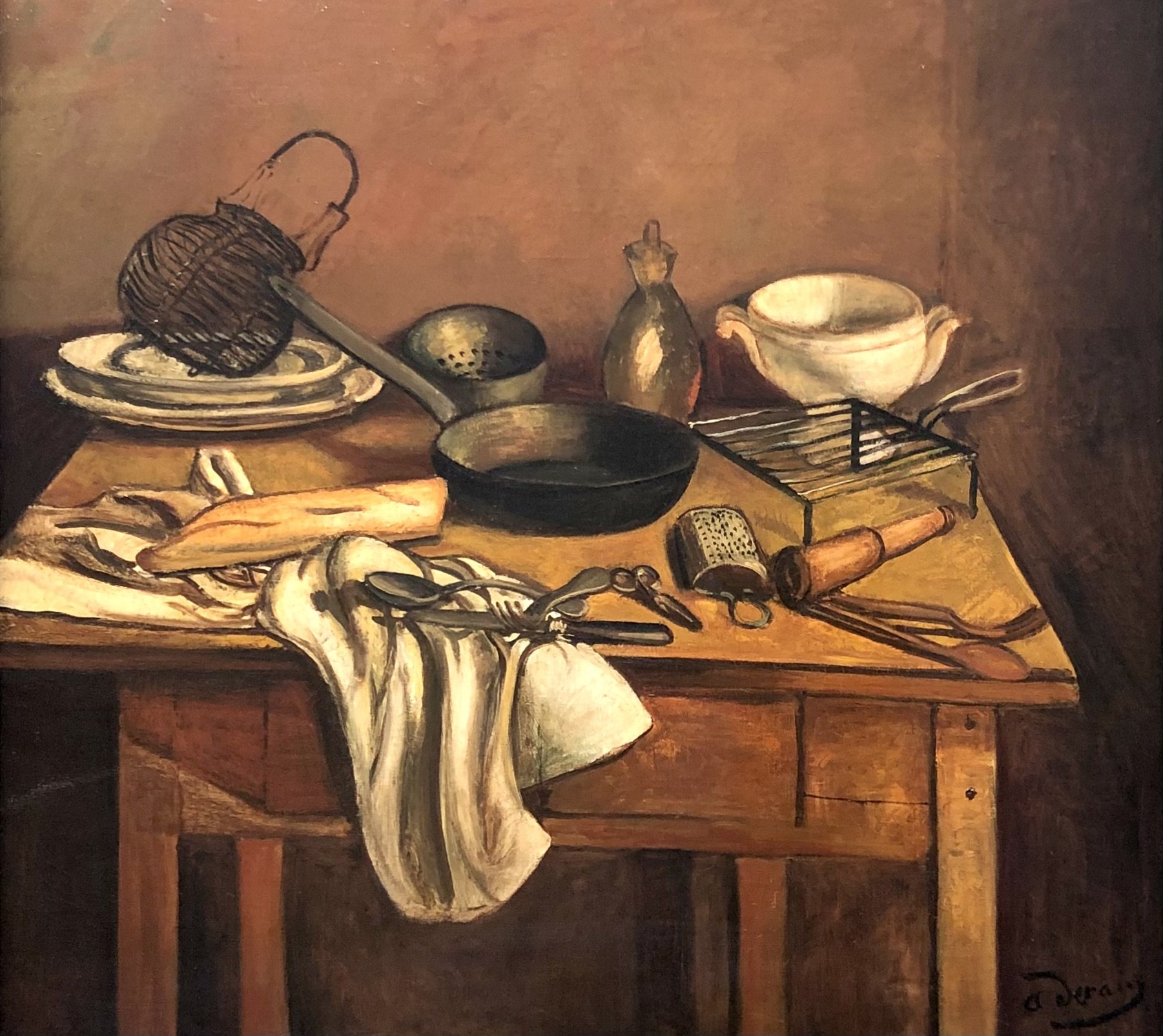Worth the Wait
The Right Kind of Hungry
When people come to visit us—even if we’re only a short train ride from Paris—it will still be a bit of a journey. Most will come for the coffee. But at some point during their visit, they’ll be hungry. And there’s the rub.
We’re not interested in serving industrial pastries made elsewhere. Everything we offer, we want to make ourselves. That choice carries consequences—not just what we serve and why, but how. Without a service staff—or potentially any staff at all—how do we design a food workflow that feels just as intentional as our approach to coffee?
This question reminds me of a small soup and sandwich shop in California, run by the incredible French chef Daniel Pont.
His café, La Bonne Soupe, was tucked into a quiet block, yet every day at lunch, a line formed down the street. And every day, Chef Pont ran the entire place by himself. You’d wait nearly an hour, shuffle forward through a holy hush, order at the counter, and sometimes—if lucky—snag one of six tables. There was no table service. No one asked how your meal was or whisked away plates. It didn’t matter. In fact, it was better that way. The experience was deliberate. Reverent. Time slowed.
When the shop finally closed, I took the day off to be there.
Why did waiting so long, clearing your own dishes, and being left alone to eat feel like a privilege instead of a burden? That’s the feeling I want to recreate.
The Bites
Some food ideas come easily. My family’s cookie recipes, handed down for generations. My wife’s extraordinary quiche. I’ve also been making pasta from scratch for years now—and a decade ago, I found a salt-and-pepper-cured egg yolk recipe that’s stayed with me. Back then I had backyard chickens and a small garden. Today, I imagine that dish reborn.
A small plate of handmade tagliatelle, made from grains grown right outside, eggs from our chickens, dressed with cold-pressed oil and cured egg yolk grated on top. Paired with a koji-fermented, umami-forward coffee. Call it an umami bomb, if you like—but one entirely from scratch.
Or take our family cookie—oats, chocolate chips, sometimes nuts—paired with a clean double espresso. The chocolatey notes in both anchoring the pairing, the espresso cutting the sweetness just right.
These are small bites. Pairings, not meals. But ones we can prepare à la minute, serve beautifully, and justify in every sense.
Can we miniaturize the quiches? What are the food safety requirements? Will it be worth the prep time? These are still open questions.
The Service Side
Then there’s the real-world side. What needs to be heated? How will we do that? Can we make items in the morning and heat to order? Could we get by with a cold menu and skip heating altogether?
If food is heated to order, could I manage that behind the bar while also making drinks? Can a small oven fit under the counter? If reservations control the flow, would that make it manageable?
And once food is served—who brings it? Who picks it up? Will guests bus their own tables? Will it feel like a break in the experience, or part of it?
Maybe we use buzzers. Or QR code ordering. Maybe I stay behind the bar and walk each guest through the pairings myself. It’s hard to know how much technology to welcome—and how much would interrupt the feeling we’re after.
A Delicate Dance
This is where the dream becomes a design challenge. How do you create a workflow that feels effortless, yet carries all the weight of intention?
I keep seeing it in my head. Sometimes I’m standing behind the counter, explaining a pairing while assembling it. Other times I’m walking table to table, taking my time. There are moments with soft music, maybe a friend playing jazz piano in the corner. There are moments when nothing happens at all.
But through all of it, I want what I felt at La Bonne Soupe: a space where no one hurries you, nothing jars you, and even the wait is part of the experience. A space where everything—from pasta dough to plate pickup—is just the right kind of something.
It all starts with the person behind the counter. Their mise en place set. An honest craftsman who wants to make something great. And who won’t compromise on quality.
Artwork “La Table de cuisine” by André Derain. Photo taken by Benjamin Schwartz.
